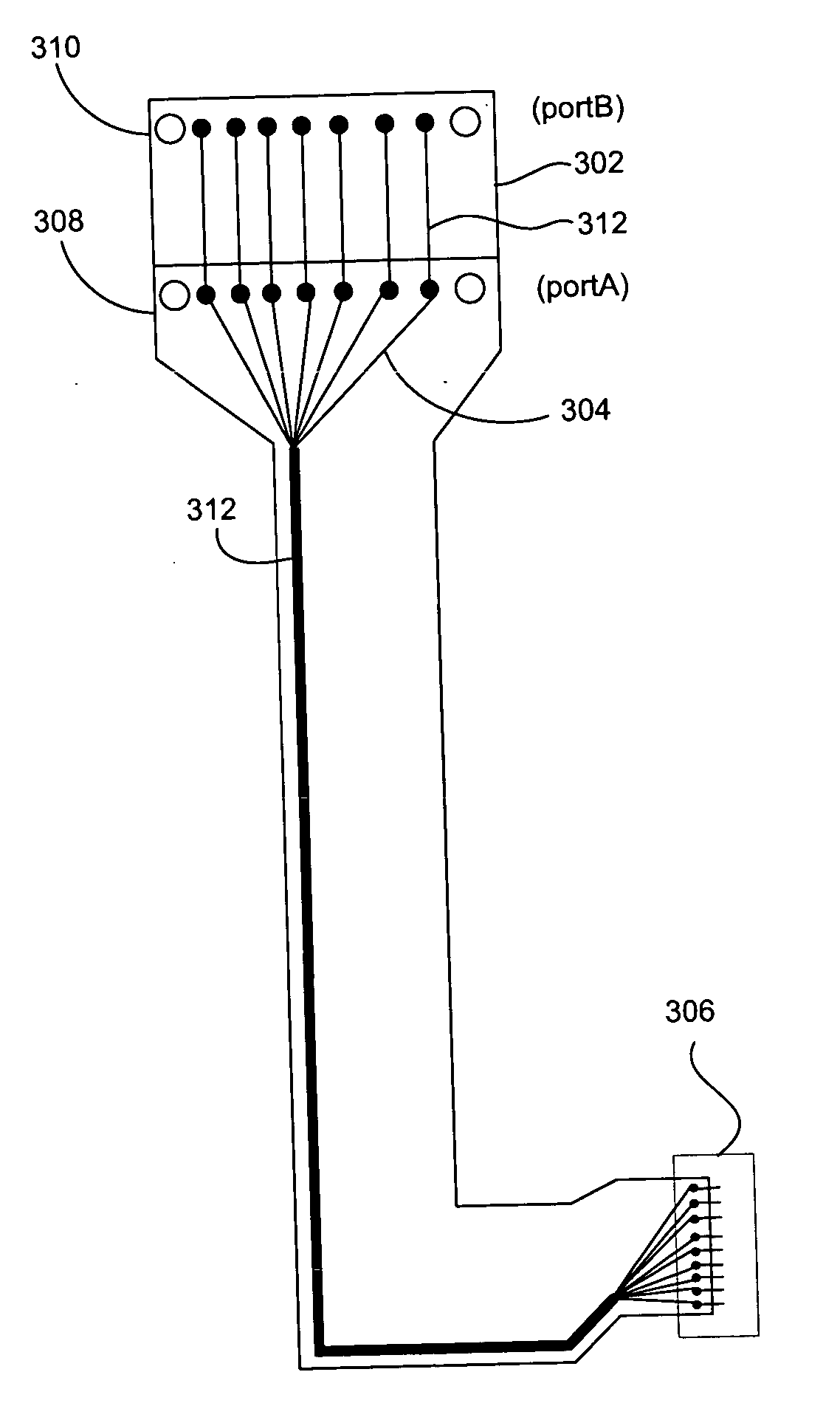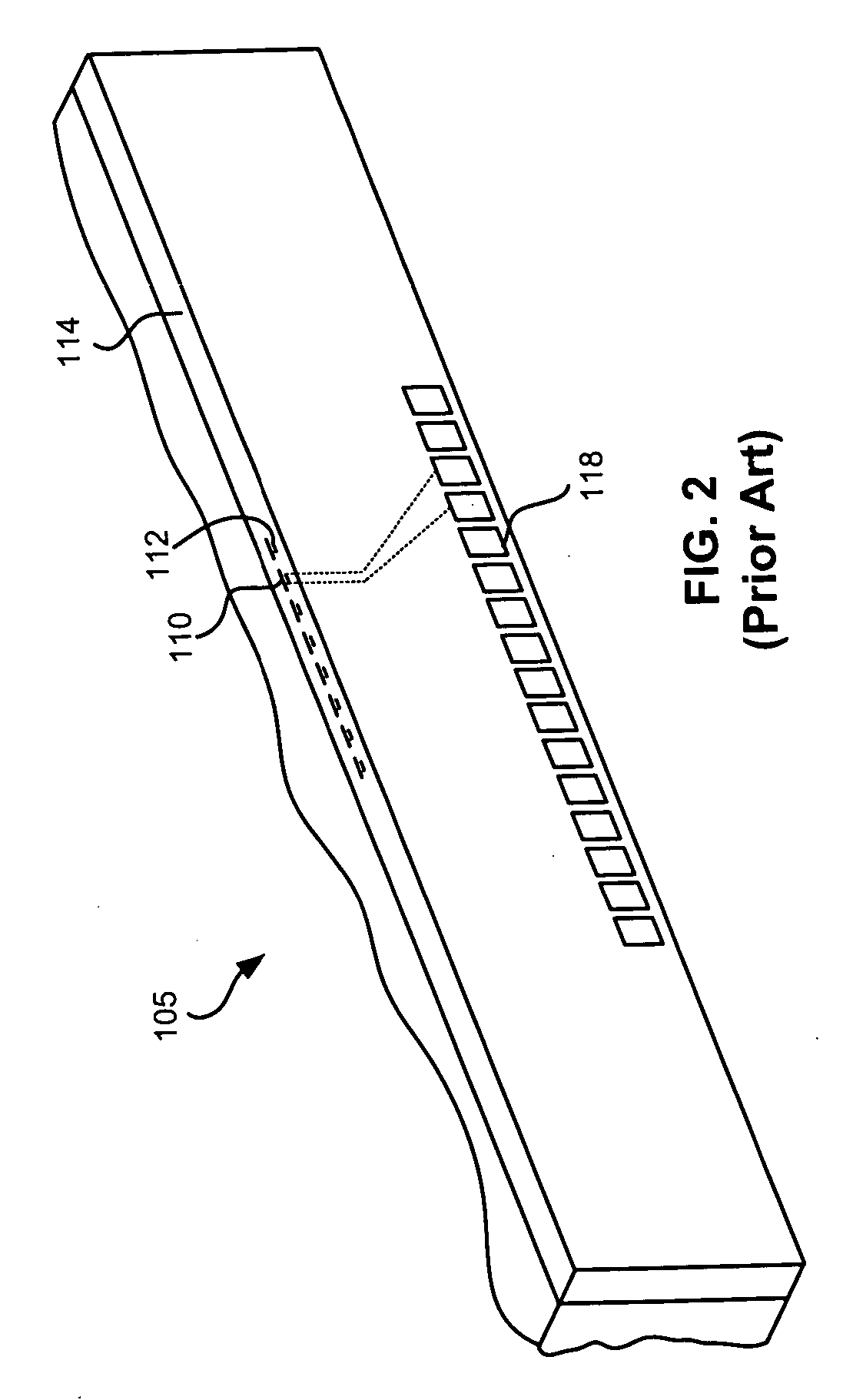Multi-port cable for removable ESD/EOD protection for electronic devices
a technology of electronic devices and multi-port cables, which is applied in the field of multi-port cables for esd/eod protection for electronic devices, can solve the problems of spurious discharge of static electricity, more sensitive to damage of thin sheet resistors, and buildup of electrostatic charges
- Summary
- Abstract
- Description
- Claims
- Application Information
AI Technical Summary
Benefits of technology
Problems solved by technology
Method used
Image
Examples
Embodiment Construction
[0041] The following description is the best embodiment presently contemplated for carrying out the present invention. This description is made for the purpose of illustrating the general principles of the present invention and is not meant to limit the inventive concepts claimed herein.
[0042] The present description discloses a protective cable and shorting system for protecting components of an electronic device from ESD and EOS damage. Although the invention is described as embodied for use with a magnetic tape storage system, the invention also applies to other electronic devices, including, e.g., magnetic recording systems and applications using a sensor to detect a magnetic field.
[0043] Prior art FIG. 1 illustrates a tape head in use. As shown, FIG. 1 illustrates a completed head for a read-while-write bidirectional linear tape drive. “Read-while-write” means that the read element follows behind the write element. This arrangement allows the data just written by the write el...
PUM
| Property | Measurement | Unit |
|---|---|---|
| height | aaaaa | aaaaa |
| width | aaaaa | aaaaa |
| width | aaaaa | aaaaa |
Abstract
Description
Claims
Application Information
 Login to View More
Login to View More - R&D
- Intellectual Property
- Life Sciences
- Materials
- Tech Scout
- Unparalleled Data Quality
- Higher Quality Content
- 60% Fewer Hallucinations
Browse by: Latest US Patents, China's latest patents, Technical Efficacy Thesaurus, Application Domain, Technology Topic, Popular Technical Reports.
© 2025 PatSnap. All rights reserved.Legal|Privacy policy|Modern Slavery Act Transparency Statement|Sitemap|About US| Contact US: help@patsnap.com



